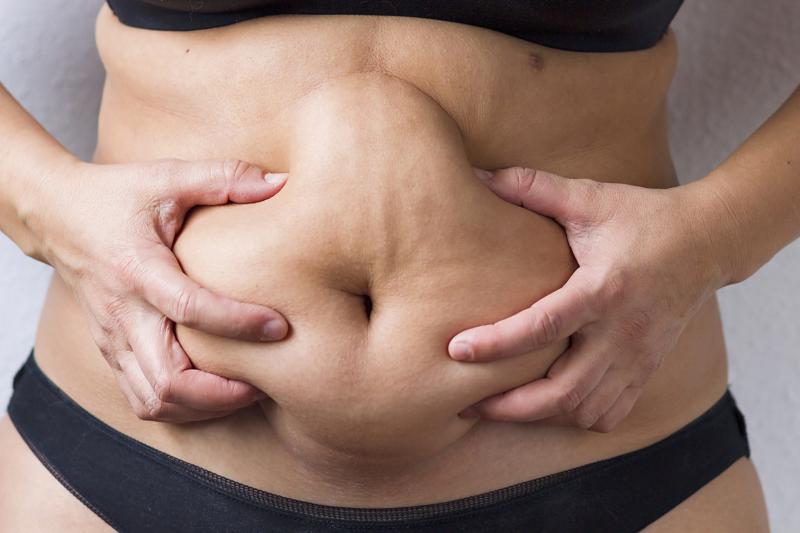
Excess weight, greater abdominal fat, inflammation and low physical performance can all contribute to insulin resistance in middle-age Singaporean women, and these variables explain why the condition is more common among women of Chinese than Malay and Indian ethnicities, a study has found.
Although other studies in the past have demonstrated the important roles of central obesity and physical activity with respect to insulin resistance in Asian women and how they mediate observed ethnic differences, the current research provides validated information on adipose tissue distribution and objective data on physical performance, stressing the independent contribution of these factors, according to the investigators. [J Zhejiang Univ Sci B 2010;11:639-646; Appl Physiol Nutr Metab 2016;41:931-937; Maturitas 2018;107:33-38; Int J Obes 2012;36:1086-1093]
The analysis included 1,159 women (mean age, 56.3 years) attending routine gynaecologic care in Singapore, among whom 84 percent were Chinese, 10.3 percent were Indian, and 5.7 percent were Malay.
The Chinese were older and more often postmenopausal but were less likely to have insulin resistance (expressed as the homeostatic model assessment of insulin resistance [HOMA-IR]) and had lower body mass index (BMI) and concentration of inflammatory markers compared with those of other ethnicities. Moreover, Chinese and Indian women were more physically active and had higher handgrip strength. The proportion of women with high physical performance, as measured by the Short Physical Performance Battery (SPPB), was highest among the Chinese.
HOMA-IR was higher in Malays and Indians than in the Chinese (mean, 2.4 and 2.3 vs 1.4; p=0.001). In multivariable linear regression models, the strongest predictors of high HOMA-IR were obesity (adjusted mean difference [MD], 0.66, 95 percent confidence interval [CI], 0.32–1.00), high visceral adipose tissue (VAT) area (adjusted MD, 1.03, 95 percent CI, 0.73–1.34), low SPPB performance (adjusted MD, 0.63, 95 percent CI, 0.05–1.24) and high TNF-α levels (adjusted MD, 0.35, 95 percent CI, 0.13–0.57). [Maturitas 2020;137:50-56]
“The difference in insulin resistance between women of Malay and Chinese ethnicity appeared to be fully mediated by the higher BMI, greater VAT area and lower physical performance in Malay women,” whereas higher levels of TNF-a plus the already mentioned factors contributed to the excess insulin resistance in those of Indian vs Chinese descent, the investigators noted.
The prevalence of the said mediators may be attributed to environmental factors, such as diet and physical activity, but could also be due to ethnic differences in the propensity to develop central obesity and an adverse inflammatory profile, they added. “This is consistent with the closer genetic relatedness between Chinese and Malays, whereas Indians are more genetically distinct. [Cell 2019;179:736-749. e15]
“Whether the mediators of high insulin resistance in Malays differ from those of Indians merits further investigation,” they said.
The investigators acknowledged several limitations. First is the cross-sectional nature of the study, which precluded establishment of temporal relationships. Another is the possibility of selection bias, given that the women who participated were recruited from a single gynaecology clinic and might not be representative of the overall Singapore population.